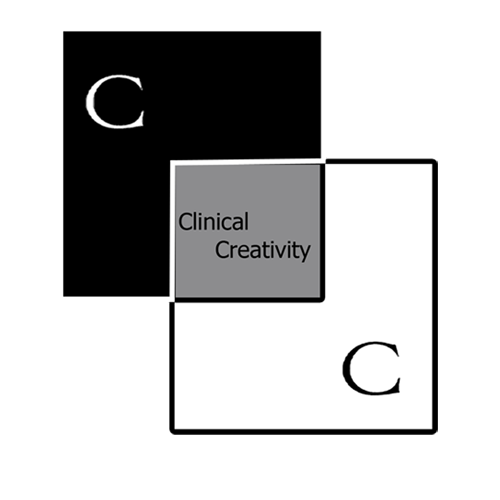Q? What happens when you put corner shops and the post office together?
A. in China you create a retail network which rivals major brands for supremacy.
Q. What happens when you put a community provider and a bunch of GPs together?
A. Usually nothing, they just "work together" it's like working apart, but you tell people you are working together.
I know there's a lot riding on the new models of care programme, but I don't think that anywhere has really created the synergy that exists between corner shops and post office in China.
I say this because fundamentally the organisational structures still remain, cultures still survive, "referrals" are still required and demarcation defines access.
So, if I had the chance to design primary care from the ground up how would it look?
Firstly, there is no one size fits all.
Dependant on activation, need (health and care), social segmentation and personal choice our consumer fit will vary greatly.
Recent work in my own practice neatly illustrates that people who use out of hours services are not people who couldn't get access to the day time GP, they are people who access out of hours services. some people choose to make the accident and emergency department their medical home, others choose out of hours GPS, most choose their GP, but even there the choice is a myriad of all alike, none the same complex choices.
Secondly, increasing need creates increasing fragmentation.
When you are well or have a mild to moderate health need there's a good chance a single provider will manage your care. But with increasing illness and frailty your attendant providers increase in number and each new interface offers a barrier to communication and knowledge.
So how could it be? What would the alternative to fragmentation be? I think that the answer is actually pretty clear. The idea that existing General Practictioners can keep up to speed on their populations health, their patients care, their organisational sustainability, their extended team members in different organisations, and the overall responsibilities of cradle to grave care is no longer tenable.
Equally risible is the Dr Informed mentality of abrogating personal, professional responsibility because the GP has been informed. The storm of data flooding the doors of most general practices is clearly beyond the capacity of a decreasing number of practitioners to process, analyse and act upon.
So here's the deal.
Dismember practices, dismember community trusts, work on the basis that 2000 people, 2 GPs,6 Nurses, 20 paid carers dozens of family and community based carers plus admin constitute a medical team. That all professionals access the same care record, that the record is supported by data mining and social prescribing to promote health and community cohesion.
This team does not work in isolation, they are supported by an infrastructure covering a million patients, the remains of what used to be hospitals, with specialists whose purpose is to intervene when needs arise beyond the medical team. The intervention is not necessarily face to face, or one to one, remote group consultations supported by a clinical facilitator will educate and share knowledge with groups of patients and carers whose shared experience acts as a reservoir of community support and care. Can't remember what the specialist said? - ask Mabel she was writing it down, or play back the recording, it's on your phone.
Taking this to its limit the ownership of health resource passes to the community. The custodianship of resource is a shared endeavour.
Is is this too far? Is this too flawed? I don't know, but it must be worth a new model of care.
